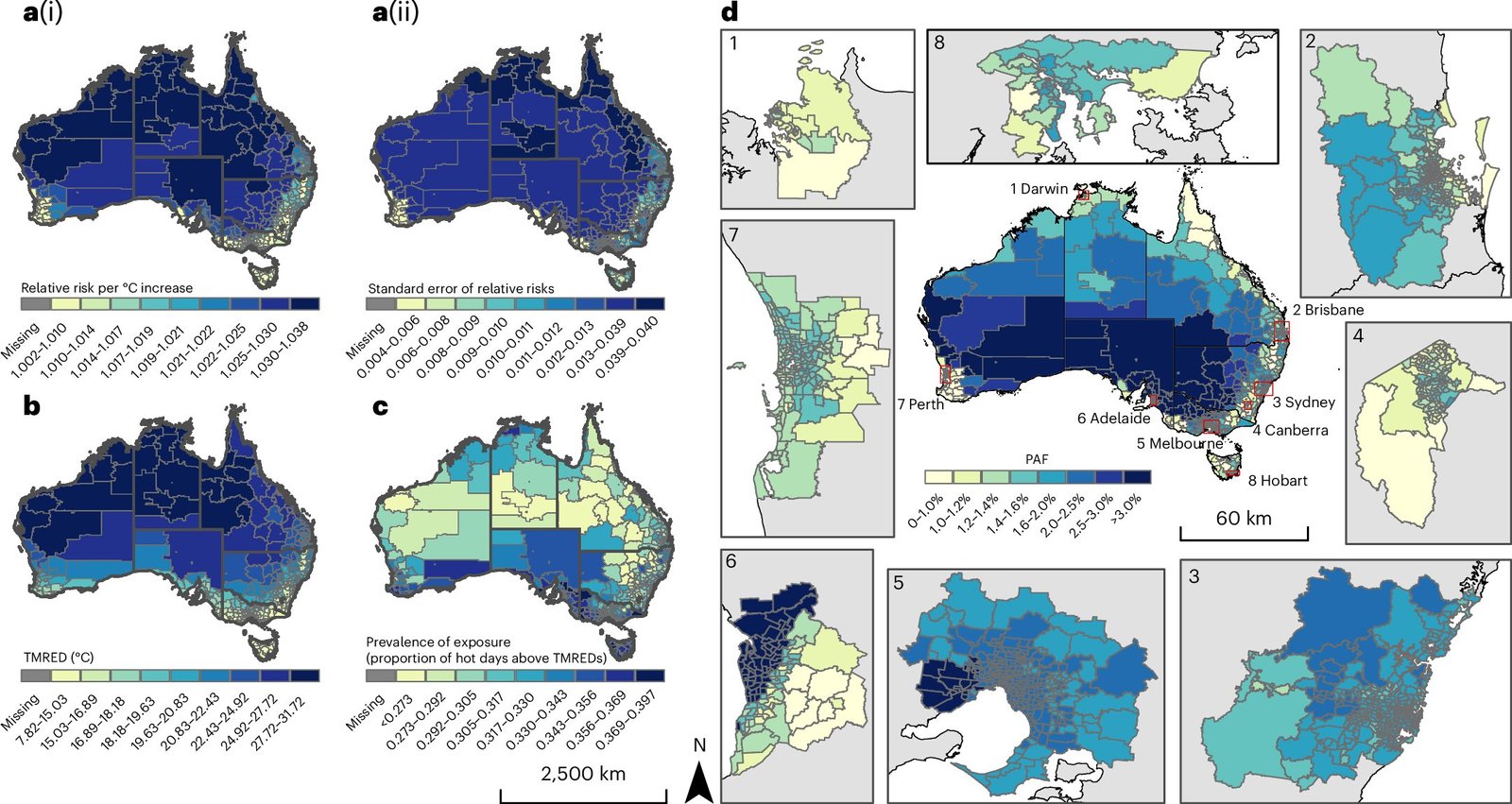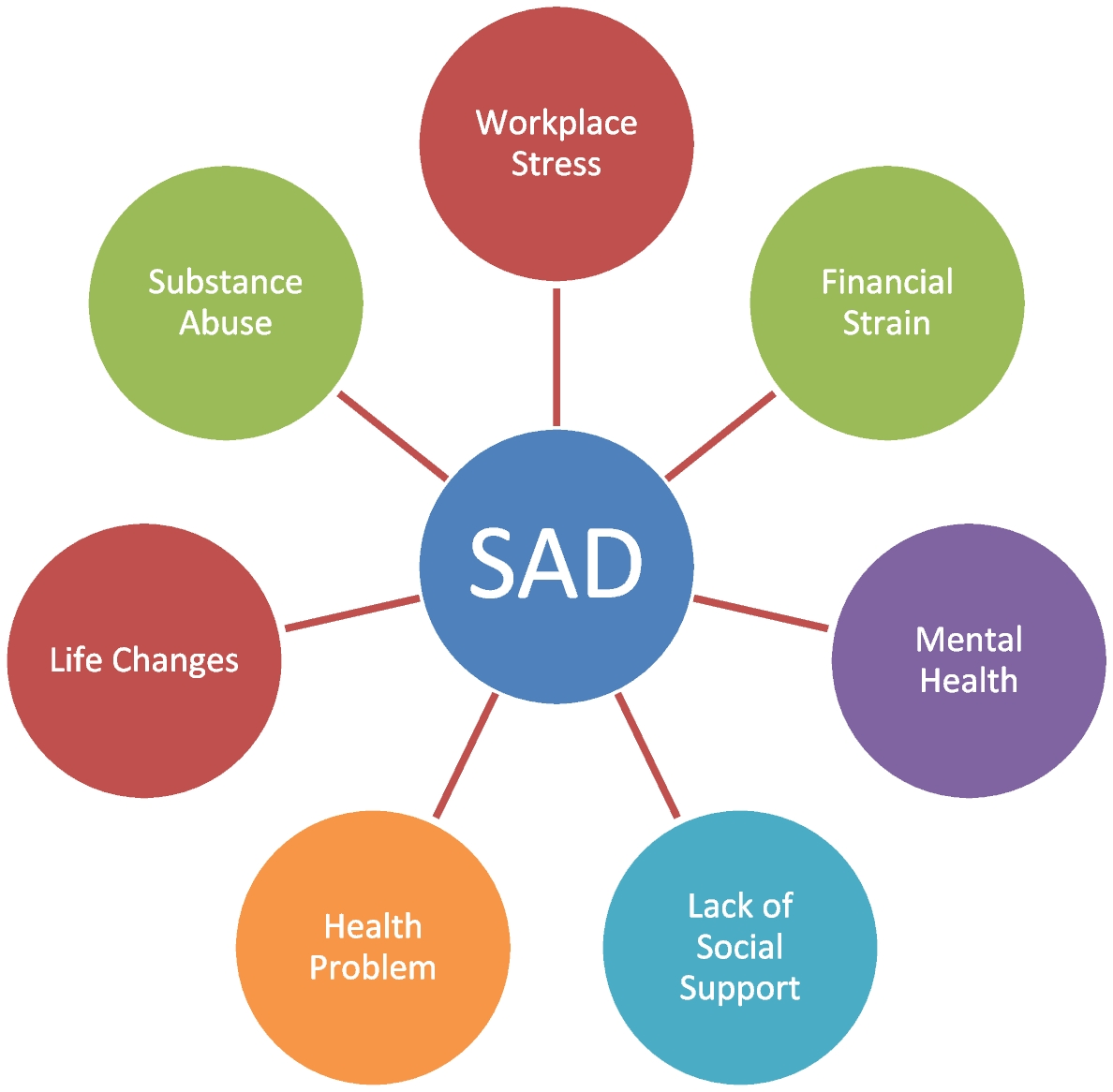A recent national epidemiological survey highlights that individuals with criminal legal histories experience higher rates of mental health disorders compared to those without such histories. Conducted by researchers, including Jeffrey Swanson from Duke University School of Medicine, the study was published on April 9, 2025, and offers detailed demographic and diagnostic insights into the mental health status of people involved in the criminal justice system.
The survey included a sample of 5,594 individuals from various backgrounds, including currently incarcerated adults (N=321), those involved with the criminal justice system within the last year but not currently incarcerated (N=269), and a control group with no recent criminal legal history (N=5,004). The data collection occurred from October 2020 to October 2022, using semi-structured clinical interviews conducted by trained clinicians.
Findings indicate that approximately 40% of individuals with any form of criminal involvement in the past year met the diagnostic criteria for at least one of the following mental health conditions: schizophrenia-spectrum disorder, bipolar 1 disorder, obsessive-compulsive disorder, major depression, generalized anxiety disorder, and post-traumatic stress disorder. The prevalence was notably higher among currently incarcerated individuals, with 42% meeting the criteria, compared to 37% of those with recent criminal involvement in the community, and 24% of individuals with no criminal history.
Demographic analysis revealed that men constituted the majority in both the incarcerated group (93%) and the recent criminal history group (70%), while making up only 48% of the general community sample. Notably, the largest proportion of individuals identifying as Hispanic/Latino was found within the incarcerated (34%) and recent criminal history (44%) groups.
Despite its findings, the authors caution that the results may not fully represent the national population and emphasize the need for careful interpretation. They acknowledge the complexity of societal factors contributing to incarceration rates, including racial and socioeconomic dimensions. Additionally, self-reporting may affect the transparency of data, particularly for those not currently incarcerated.
These results underscore the urgent need for accessible mental health care and targeted interventions for individuals facing mental health challenges within the criminal justice system. By addressing these needs, there is potential to alleviate the high rates of incarceration and provide better support for individuals in crisis. Swanson pointed out that schizophrenia-spectrum disorders were at least three times more common among incarcerated individuals compared to those without recent criminal involvement, stressing that prison settings are not conducive for recovery from serious mental illnesses.
Overall, this study adds to the limited body of research on the intersection of mental health and criminal justice, aiming to inform future strategies that can bridge the gap in community mental health support for justice-involved populations.



